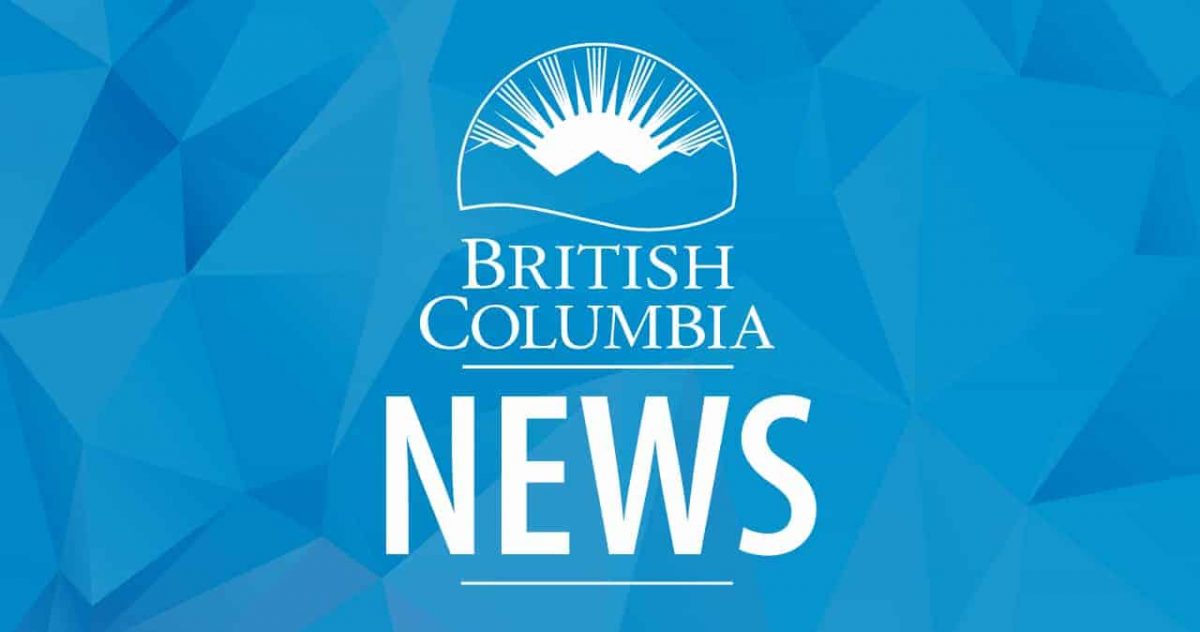
Treaty negotiations update for the Comox Valley
Since 1994, the K’ómoks First Nation, along with Canada and B.C., have been working on a modern treaty.
Negotiations are nearing completion on the proposed treaty.
Planning is underway to initial the treaty, which begins a process to determine if the proposed treaty will be ratified.
In 2012, K’ómoks, Canada and B.C. reached an agreement-in-principle (AIP) on a proposed treaty, establishing agreement on the substantive elements to be detailed in the completed treaty. In the years since, K’ómoks and B.C. have engaged with different levels of government, industry, interest-holders and people in the region on various elements of the proposed treaty, and K’ómoks has worked closely with its local government partners to invest in shared services and regional economic development.
Initialling will signal that the negotiations are substantially complete, subject to certain caveats. The caveats will include that, where necessary, consultations will continue and that there will be ongoing legal and technical drafting work until all parties agree and the ratification process can begin. First, the K’ómoks membership will vote on the draft treaty as part of the ratification process. If ratified by the First Nation, legislation will be introduced to ratify the treaty provincially, then federally. If ratified, the effective date for the treaty is anticipated for 2028.
The K’ómoks First Nation and the federal and provincial governments have been negotiating through the made-in-B.C. treaty framework, working closely with the B.C. Treaty Commission, with public consultation and local governments involved along the way. This process provided opportunities for people to share their needs and shape treaty provisions. As a result, the treaty codifies work together on shared regional priorities established in the 2012 AIP.
The proposed treaty would:
- ensure Aboriginal rights are recognized and not extinguished, and describe the parties’ agreement on the exercise of rights;
- lay out negotiated approaches to self-governance, and confirm land parcels to be owned and governed by K’ómoks;
- address existing interests and tenures on proposed treaty lands (interest-holders have been engaged on the proposed approach to their tenure or interest); and
- formalize consultation and opportunities for co-management of resources within the First Nations’ traditional territory.
B.C. will continue to consult with neighbouring First Nations. The K’ómoks First Nation and provincial and federal governments will engage with the public, interest-holders, local governments, and others over the coming months about the proposed treaty, as well as the B.C. treaty negotiations process.
Through the treaty, K’ómoks would no longer be subject to the federal Indian Act. The treaty would provide significant certainty in the territory through a modern and constitutionally recognized government-to-government-to-government agreement.
Established modern treaties have resulted in 8.8% higher average wages for people in their regions, and the investment of billions of dollars in local communities and their economies.
Learn More:
More information and future updates will be provided at: https://engage.gov.bc.ca/govtogetherbc/engagement/komoks-treaty/
